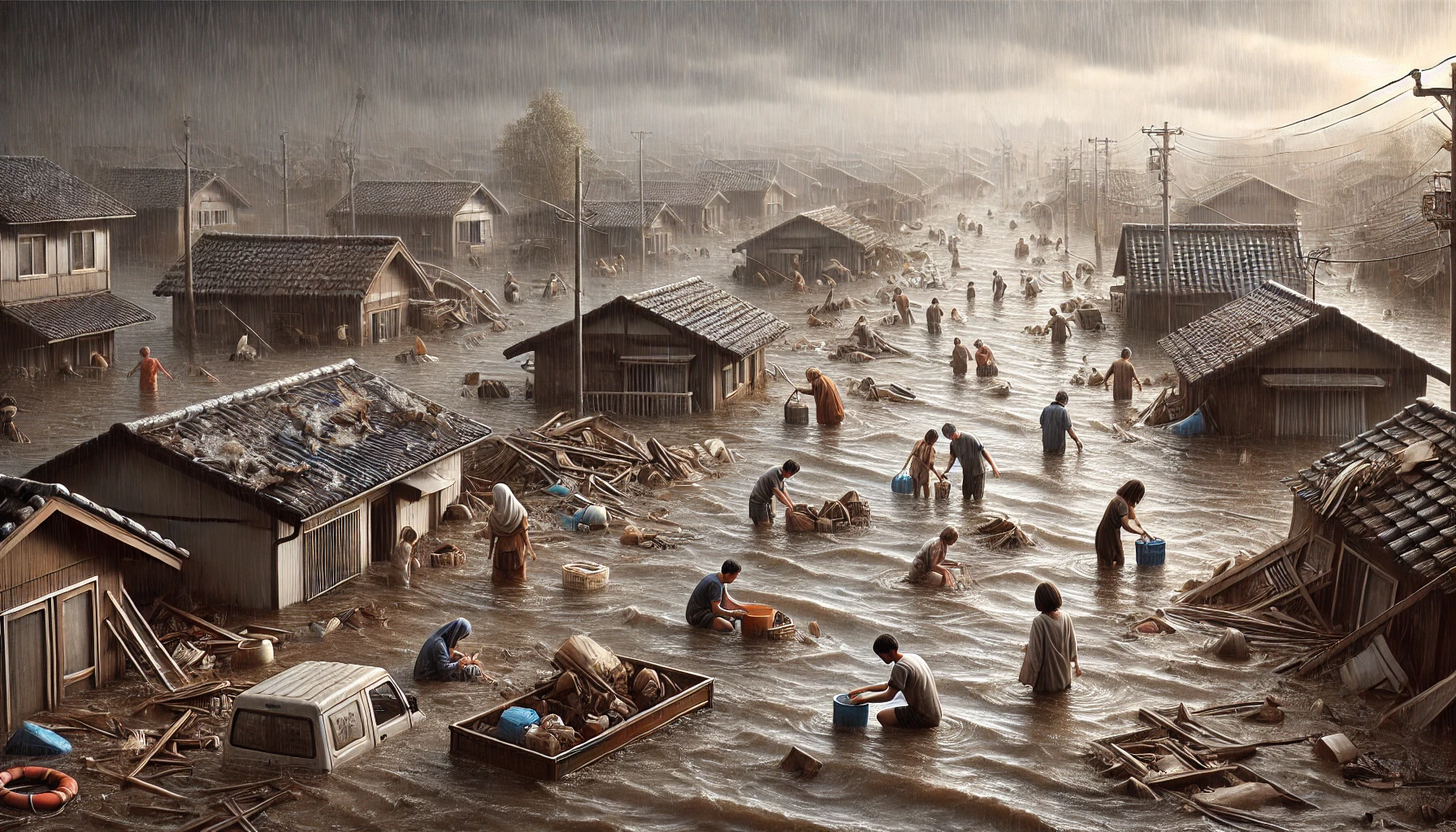Can AI Predict Natural Disasters Like Floods in Valencia? 🌧️ Here’s How AI Is Changing the Game for Disaster Preparedness

Natural disasters are on the rise globally, and the recent severe flooding in Valencia, Spain, is a stark reminder of how unpredictable and devastating these events can be. With advancing technology, we’re now looking to artificial intelligence (AI) to help anticipate and prepare for such calamities. But how exactly can AI predict floods, wildfires, earthquakes, and other disasters? And can it give us the lead time we need to keep communities safe?
Let’s dive into how AI is revolutionizing natural disaster forecasting and making cities like Valencia more resilient.
How AI Predicts Floods 🌊
Floods are among the most frequent and destructive natural disasters. Traditional flood prediction relies heavily on data from river gauges, weather patterns, and historical events. However, AI has taken this process to the next level:
- Data-Driven Modeling: By using historical flood data, rainfall levels, river heights, and geographical information, AI models analyze complex patterns in real-time, predicting potential floods days in advance.
- Google’s Flood Hub: Google’s AI-powered platform, Flood Hub, is a leading example of this technology in action. The system leverages machine learning to predict river floods up to seven days ahead. This model is effective in regions with limited historical data, making it ideal for places like Valencia that may experience sudden changes in weather patternsGoogle Researchblog.google.
By detecting early signs of rising waters, AI-driven flood forecasts could provide Valencia with precious hours or even days to prepare, potentially reducing damage and saving lives.
Wildfire Prediction and Monitoring 🔥
While floods are a frequent concern in Valencia, wildfires also threaten many parts of Spain. AI is making great strides in early wildfire detection and forecasting:
- Satellite and Drone Data: AI algorithms analyze satellite and drone images to detect small fires and areas at high risk of wildfires. These algorithms consider factors like temperature, humidity, vegetation type, and wind patterns.
- Real-Time Alerts: AI-driven systems provide real-time alerts when early signs of a wildfire are detected, helping emergency services respond faster and prevent the fire from spreading.
In addition, models are being developed to forecast wildfire risks based on climate data, which could help Valencia and other cities improve forest management and create firebreaks in vulnerable areas.
Earthquake Forecasting: Still a Challenge, But AI is Making Progress 🌍
Unlike floods or wildfires, earthquakes remain notoriously hard to predict. Earthquakes occur deep underground, making it difficult to detect early warning signs. However, AI is slowly changing the landscape here as well:
- Pattern Analysis: AI models can detect subtle shifts in tectonic plates and patterns in small tremors that sometimes precede a larger quake. By analyzing seismic data from around the world, these models aim to recognize patterns that could indicate an impending earthquake.
- Aftershock Predictions: AI is particularly helpful in predicting aftershocks. By analyzing data from recent earthquakes, AI can provide insights on the likelihood, location, and intensity of aftershocks, helping authorities plan their responses and keep communities safe.
While predicting an earthquake in advance is still challenging, AI’s improvements in aftershock forecasting offer valuable tools for cities on tectonic fault lines.
AI in Drought and Extreme Weather Predictions ☀️💨
With climate change, droughts and extreme weather events are becoming more common, and Valencia’s Mediterranean climate makes it vulnerable to both. Here’s how AI can help:
- Drought Forecasting: AI analyzes soil moisture, rainfall patterns, and temperature data to forecast drought conditions months in advance. This allows farmers and city planners to make informed decisions about water use and conservation.
- Hurricane and Storm Tracking: Using satellite imagery and atmospheric data, AI models can track and predict the path of hurricanes and intense storms. This technology allows coastal regions to prepare well before a storm makes landfall, minimizing damage and casualties.
In the case of Valencia, these models could guide water management practices during dry seasons and help with flood management when heavy rains are predicted.
How AI Could Transform Disaster Preparedness for Cities Like Valencia 🏙️
For cities like Valencia, adopting AI-driven forecasting tools can be game-changing for disaster resilience. Here’s how:
- Advanced Warning Systems: AI models that predict floods, wildfires, and droughts give communities more time to evacuate, prepare infrastructure, and mobilize emergency services.
- Data-Driven Urban Planning: AI predictions can guide cities on where to build resilient infrastructure and where to focus preventative measures, reducing the overall impact of natural disasters.
- Climate Adaptation: AI models provide insights into long-term climate impacts, helping cities adjust policies on water usage, agriculture, and green space development to adapt to changing conditions.
In the future, with AI playing a central role in disaster preparedness, cities like Valencia can take proactive steps to not only respond to natural disasters but prevent them from becoming catastrophic events.
Final Thoughts: The Role of AI in a Safer, More Resilient Future 🔮
AI’s ability to predict natural disasters like floods, wildfires, and even droughts holds immense promise for communities worldwide. While challenges remain—especially in forecasting earthquakes—AI-driven systems continue to advance, offering critical tools for disaster preparedness. By investing in these technologies, cities like Valencia can become safer and more resilient, equipped to face a changing climate with foresight and preparedness.
As these AI models improve, the question isn’t whether we can predict the next disaster—but how prepared we’ll be when it happens.
